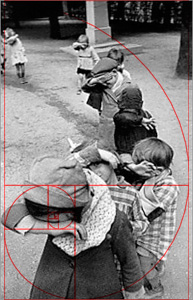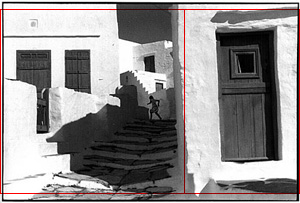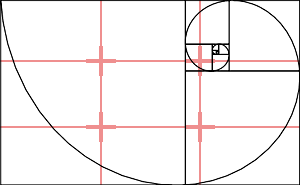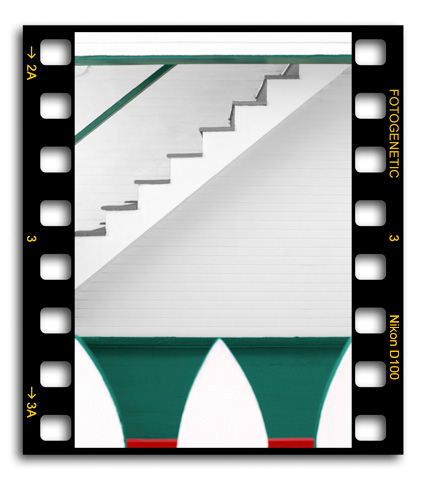
Henri Cartier-Bresson
The Golden Rectangle in Photography
And now we return, full circle, to how the Golden Rectangle relates to 35mm photography. We cannot speak further on this subject without mentioning Henri Cartier-Bresson, arguably the most imporant photographer of the 20th century. Before he ever became a photographer however, Cartier-Bresson studied painting under the Cubist painter, Andre Lhote. Beginning in 1928, he underwent the visual training which would eventually enable him to capture on film what he would later call, “Images a la Sauvette,” better known as “The Decisive Moment”. Indeed, before Lhote passed away, he commented on Cartier-Bresson’s photography, “Everything comes from your training as a painter”.
So how does Cartier-Bresson’s early background as a painter relate to the significance of the 3:2 aspect ratio? Interestingly, Cartier-Bresson never cropped any of his images. Every single photograph he displayed was a full 35mm frame just as it came from one of his Leicas. Cartier-Bresson would file out the negative carriers to specifically show that the print was an uncropped, full-frame enlargement composed entirely in the camera. He wrote. “In order to ‘give a meaning’ to the world, one has to feel oneself involved in what he frames through the viewfinder. This attitude requires concentration, a discipline of mind, sensitivity, and a sense of geometry.” The geometry Cartier-Bresson speaks of is that of the 35mm frame. Notable war photographer, Don McCullin, said of Cartier-Bresson, “I think I speak for every photographer and especially Magnum photographers, when I say that Henri really introduced the concept of perfect composition into our thinking. He was the first to teach us to compose within the specific shape of the 35mm frame and to utilize the very nature of that camera and format.”
But why such devotedness to the seemingly arbitrary 3:2 aspect ratio? In Figure 7, we see just how close the aspect ratio of 35mm film is to the Golden Rectangle.
Figure 7: 35mm film and the Golden Rectangle

Although efforts to try and analyze Cartier-Bresson’s genius would probably be pointless, by looking at several of Bresson’s photographs, we can clearly see the close relationship between his compositions and the Golden Rectangle. This is most likely a carryover from his training as a painter, as his mentor Lhote suggested. The amazing thing is that, unlike a painter who can create his compositions at his leisure, Cartier-Bresson had to discover them in the unpredictable and relentless tempo of everyday life. We see, in Figure 8, how the line of children in one of Cartier-Bresson’s photographs closely follows a logarithmic spiral.
Figure 8:

In Figure 9, we see how Cartier-Bresson used the proportions of the Golden Rectangle to form his composition.
Figure 9:

Interestingly, most people would probably say that the photo above follows the Rule of Thirds. However, I would venture to say that the Rule of Thirds is merely a specific application or simplification of the Golden Rectangle. In Figure 10, we see an overlay of the Rule of Thirds over the Golden Rectangle. In this overlay, the four points located at the intersections of the lines dividing the image into thirds, considered the sweet spots of composition, fall approximately where the Golden Rectangle converges if allowed to repeat inside itself. Perhaps the Rule of Thirds actually has its origins in the Golden Rectangle.
Figure 10: Overlay of the Rule of Thirds over the Golden Rectangle

So, there you have it, a compelling argument against the idea that the 3:2 aspect ratio is simply an arbitrary standard some manufacturer decided on years ago for no valid reason. I leave you with my own attempt at applying the Golden Rectangle to photography.


[…] 35mm Film and the Golden Rectangle (Part 2) Tagged as: 20th century, andre lhote, decisive moment, negative carriers, painting, photograph Leave a comment Comments (0) Trackbacks (0) ( subscribe to comments on this post ) […]
Really interesting article, thank you for writing it.
BTW I think you meant Don McCullin rather than McMullin :-)
John,
Thank you for the comment and correction!
Nice article. Thanks for putting the time into it and for posting it.